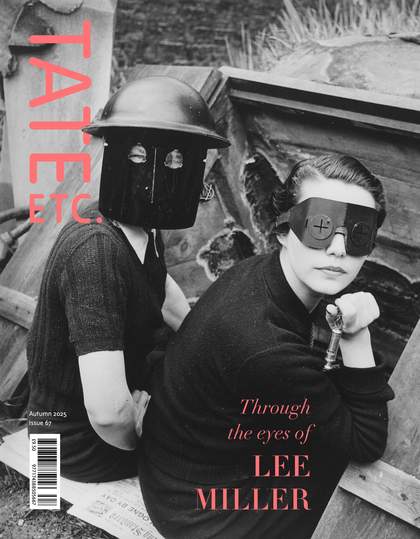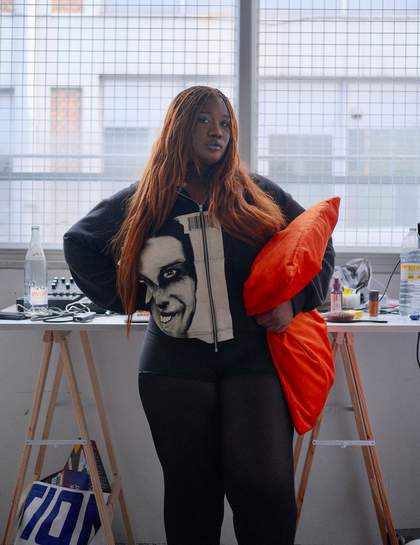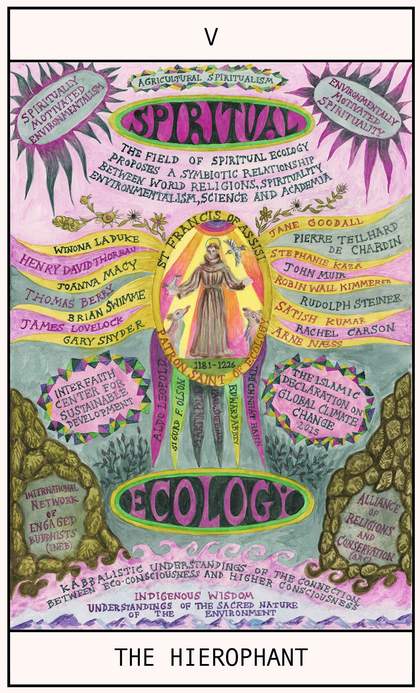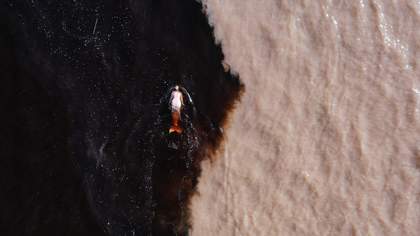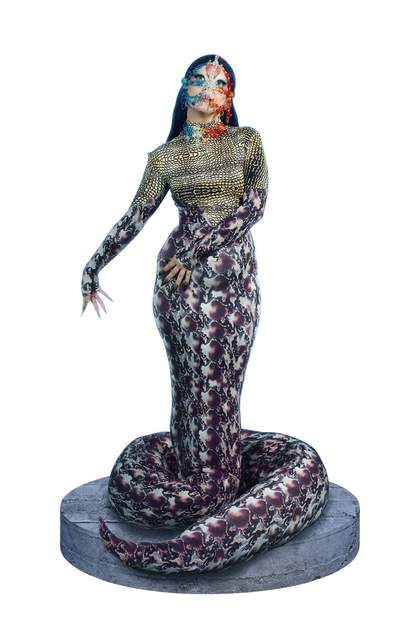
Emilija Škarnulytė
Riparia 2023
© Emilija Škarnulytė. Photo: Courtesy the artist
TATE ETC. Which piece of art do you keep coming back to?
EMILIJA ŠKARNULYTĖ Figurines of women from the Upper Paleolithic through the Neolithic period have long fascinated me. I was especially drawn to the work of the 20th-century Lithuanian archaeologist Marija Gimbutas and her development of archaeomythology.
Gimbutas’s controversial theory proposed that peaceful, matriarchal societies thrived along rivers in Neolithic Europe before the arrival of the Proto-Indo-Europeans. Goddess figurines are some of the few remaining visible traces of these societies. Her book The Language of the Goddess (1989) has been a major source of inspiration.
ETC. What’s the most interesting thing you've learnt recently?
ES Lately, I’ve been continuing my training in freediving, specifically in depth apnea – descending vertically underwater while holding my breath. I learnt about the mammalian diving reflex, a response that helps conserve oxygen by slowing the heart rate. It's a deep evolutionary echo that links us to our aquatic ancestors. I was also fascinated to recently hear that three-toed sloths can hold their breath underwater for up to 40 minutes, far longer than dolphins.
ETC. What would be your dream job if you weren't an artist?
ES Since childhood, I've been fascinated by hidden worlds. My experiences of growing up in Lithuania during the final years of the Cold War, surrounded by a sense of decay as an empire fell apart, deepened my interest in what lies beneath the surface.
In the playground, my friends and I would bury strange offerings, such as flower arrangements sealed beneath broken champagne bottles, hoping that someone might one day discover them. Often, we couldn't find them again. With that in mind, I would be a geologist or archaeologist, digging for traces of ancient mythology hidden in the ground.
ETC. What’s your favourite way to unwind?
ES I like to visit onsen – natural hot springs – where I enjoy immersing my entire body underwater and experiencing different soundscapes. Underwater, there's little to no air in the ear canal, so sound reaches the inner ear mostly through bone conduction. It vibrates the skull rather than the eardrum. Sound waves are longer in water, which distorts high-frequency sounds, making them feel low, droning, or directionless. Even though sound travels about 4.3 times faster in water than in air, it loses its familiar shape, almost like entering an alien underworld.
ETC. Where is your favourite place to contemplate the future?
ES The Curonian Spit in Lithuania, near the Baltic Sea coast, which inspired the script for my film Hypoxia 2023. Here, myth, science and science fiction intertwine beneath the waves, offering a unique space to reflect on the future. The scent of the Pinus sylvestris pines transports me to another state of being.
Emilija Škarnulytė, Tate St Ives, 6 December 2025 – 12 April 2026. Supported by Tate Members.
Emilija Škarnulytė is an artist who lives and works nomadically.

